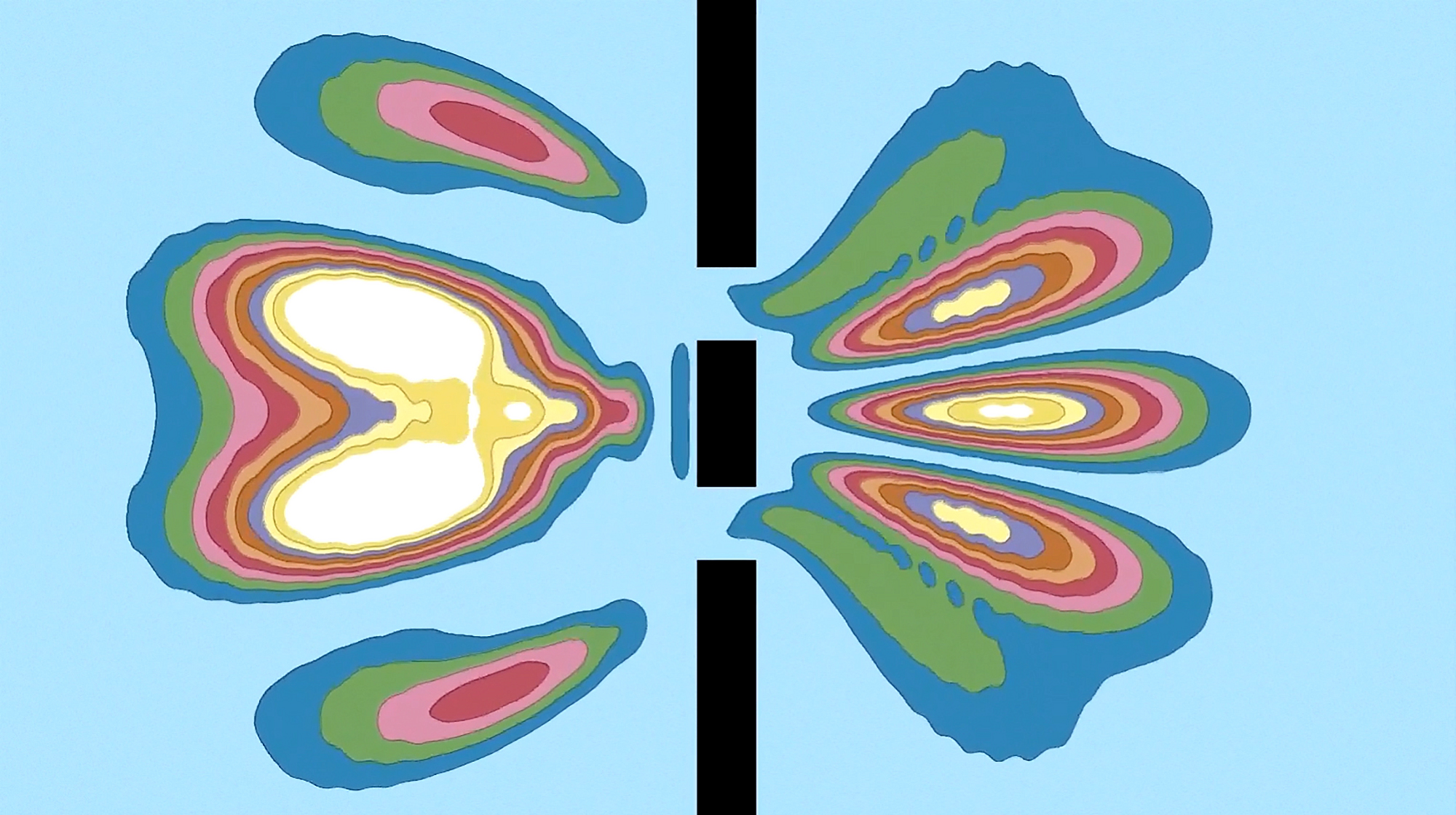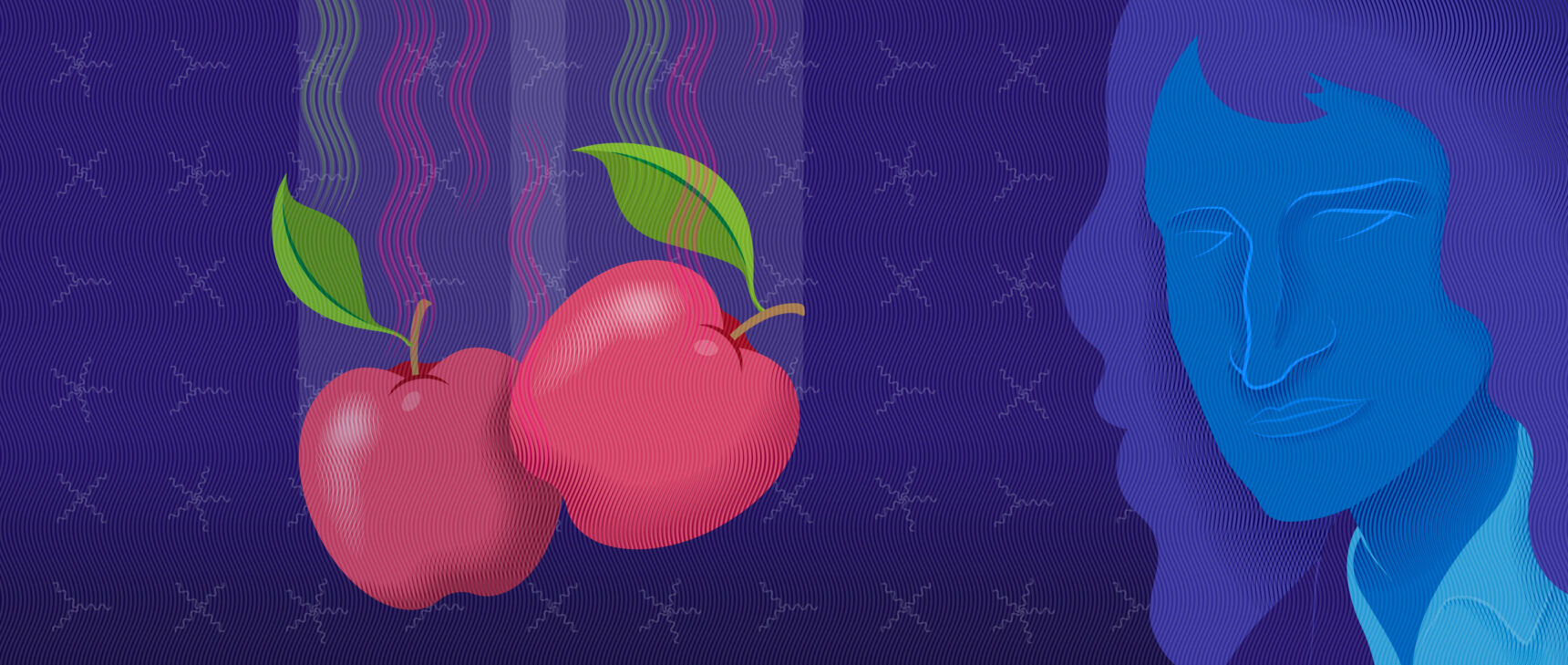Quantum Double-Slit Experiment Offers Hope for Earth-Size Telescope
Introduction
Imagine being able to see the surface of an Earth-like planet orbiting another star, or watching a star get shredded by a black hole.
Such precise observations are currently impossible. But scientists are proposing ways to quantum mechanically link up optical telescopes around the world in order to view the cosmos at a mind-boggling level of detail.
The trick is to transport fragile photons between telescopes, so that the signals can be combined, or “interfered,” to create far sharper images. Researchers have known for years (opens a new tab) that this kind of interferometry would be possible with a futuristic network of teleportation devices called a quantum internet. But whereas the quantum internet is a far-off dream, a new proposal lays out a scheme for doing optical interferometry with quantum storage devices that are under development now.
The approach would represent the next stage of astronomy’s obsession with size. Wider mirrors create sharper images, so astronomers are constantly designing ever-bigger telescopes and seeing more details of the cosmos unfold. Today they’re building an optical telescope with a mirror nearly 40 meters wide, 16 times the width (and thus resolution) of the Hubble Space Telescope. But there’s a limit to how much mirrors can grow.
“We’re not going to be building a 100-meter single-aperture telescope. That’s insane!” said Lisa Prato (opens a new tab), an astronomer at Lowell Observatory in Arizona. “So what’s the future? The future’s interferometry.”
Earth-Size Telescope
Radio astronomers have been doing interferometry for decades. The first-ever picture of a black hole, released in 2019, was made by synchronizing signals that arrived at eight radio telescopes dotted around the world. Collectively, the telescopes had the resolving power of a single mirror as wide as the distance between them — an effectively Earth-size telescope.
To make the picture, radio waves arriving at each telescope were precisely time-stamped and stored, and the data was then stitched together later on. The procedure is relatively easy in radio astronomy, both because radio-emitting objects tend to be extremely bright, and because radio waves are relatively large and thus easy to line up.
Optical interferometry is much harder. Visible wavelengths measure hundreds of nanometers long, leaving far less room for error in aligning waves according to when they arrived at different telescopes. Moreover, optical telescopes build images photon-by-photon from very dim sources. It’s impossible to save these grainy signals onto normal hard drives without losing information that’s vital for doing interferometry.
Astronomers have managed by directly linking nearby optical telescopes with optical fibers — an approach that led in 2019 to the first direct observation of an exoplanet (opens a new tab). But connecting telescopes farther apart than 1 kilometer or so is “extremely unwieldly and expensive,” said Theo ten Brummelaar (opens a new tab), director of the CHARA Array, an optical interferometric array in California. “If there was a way of recording photon events at an optical telescope with some kind of quantum device, that would be a great boon to the science.”
Young’s Slits
Joss Bland-Hawthorn (opens a new tab) and John Bartholomew (opens a new tab) of the University of Sydney and Matthew Sellars (opens a new tab) of the Australian National University recently proposed a scheme (opens a new tab) for doing optical interferometry with quantum hard drives.
The principle behind the new proposal traces back to the early 1800s, before the quantum revolution, when Thomas Young devised an experiment (opens a new tab) to test whether light is made of particles or waves. Young passed light through two closely separated slits and saw a pattern of regular bright bands form on a screen behind. This interference pattern, he argued, appeared because light waves from each slit cancel out and add together at different locations.
Then things got a whole lot weirder. Quantum physicists discovered that the double-slit interference pattern remains even if photons are sent toward the slits one at a time; dot by dot, they gradually create the same bands of light and dark on the screen. However, if anyone monitors which slit each photon goes through, the interference pattern disappears. Particles are only wavelike when undisturbed.
Now imagine that, instead of two slits, you have two telescopes. When a single photon from the cosmos arrives on Earth, it could hit either telescope. Until you measure this — as with Young’s double slits — the photon is a wave that enters both.
Bland-Hawthorn, Bartholomew and Sellars suggest plugging in a quantum hard drive at each telescope that can record and store the wavelike states of incoming photons without disturbing them. After a while, you transport the hard drives to a single location, where you interfere the signals to create an incredibly high-resolution image.
Quantum Memory
To make this work, quantum hard drives have to store lots of information over long periods of time. One turning point came in 2015, when Bartholomew, Sellars and colleagues designed a memory device (opens a new tab) made from europium nuclei embedded in a crystal that could store fragile quantum states for six hours, with the potential to extend this to days.
Then, earlier this year, a team from the University of Science and Technology of China in Hefei demonstrated that you could save photon data into similar devices and later read it out.
“It’s very exciting and surprising to see that quantum information techniques can be useful for astronomy,” said Zong-Quan Zhou (opens a new tab), who co-authored the recently published paper (opens a new tab). Zhou describes a world in which high-speed trains or helicopters rapidly shuttle quantum hard drives between far-apart telescopes. But whether these devices can work outside laboratories remains to be seen.
Bartholomew is confident that the hard drives can be shielded from errant electric and magnetic fields that disrupt quantum states. But they’ll also have to withstand pressure changes and acceleration. And the researchers are working to design hard drives that can store photons with many different wavelengths — a necessity for capturing images of the cosmos.
Not everyone thinks it’ll work. “In the long run, if these techniques are to become practical, they will require a quantum network,” said Mikhail Lukin (opens a new tab), a quantum optics specialist at Harvard University. Rather than physically transporting quantum hard drives, Lukin has proposed a scheme (opens a new tab) that would rely on a quantum internet — a network of devices called quantum repeaters that teleport photons between locations without disturbing their states.
Bartholomew counters that “we have good reasons to be optimistic” about quantum hard drives. “I think in a five-to-10-year time frame you could see tentative experiments where you actually start looking at real [astronomical] sources.” By contrast, the construction of a quantum internet, Bland-Hawthorn said, is “decades from reality.”




